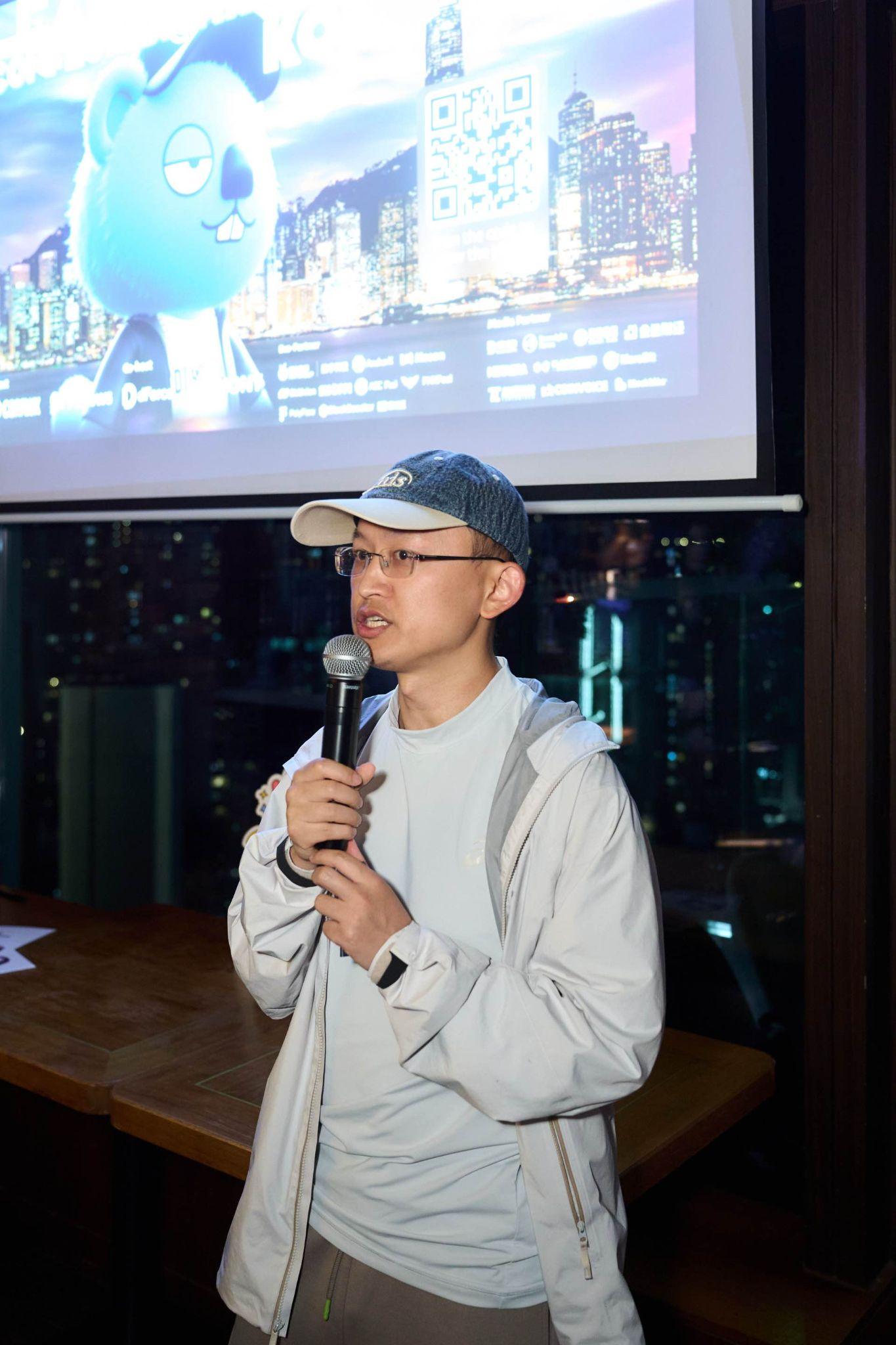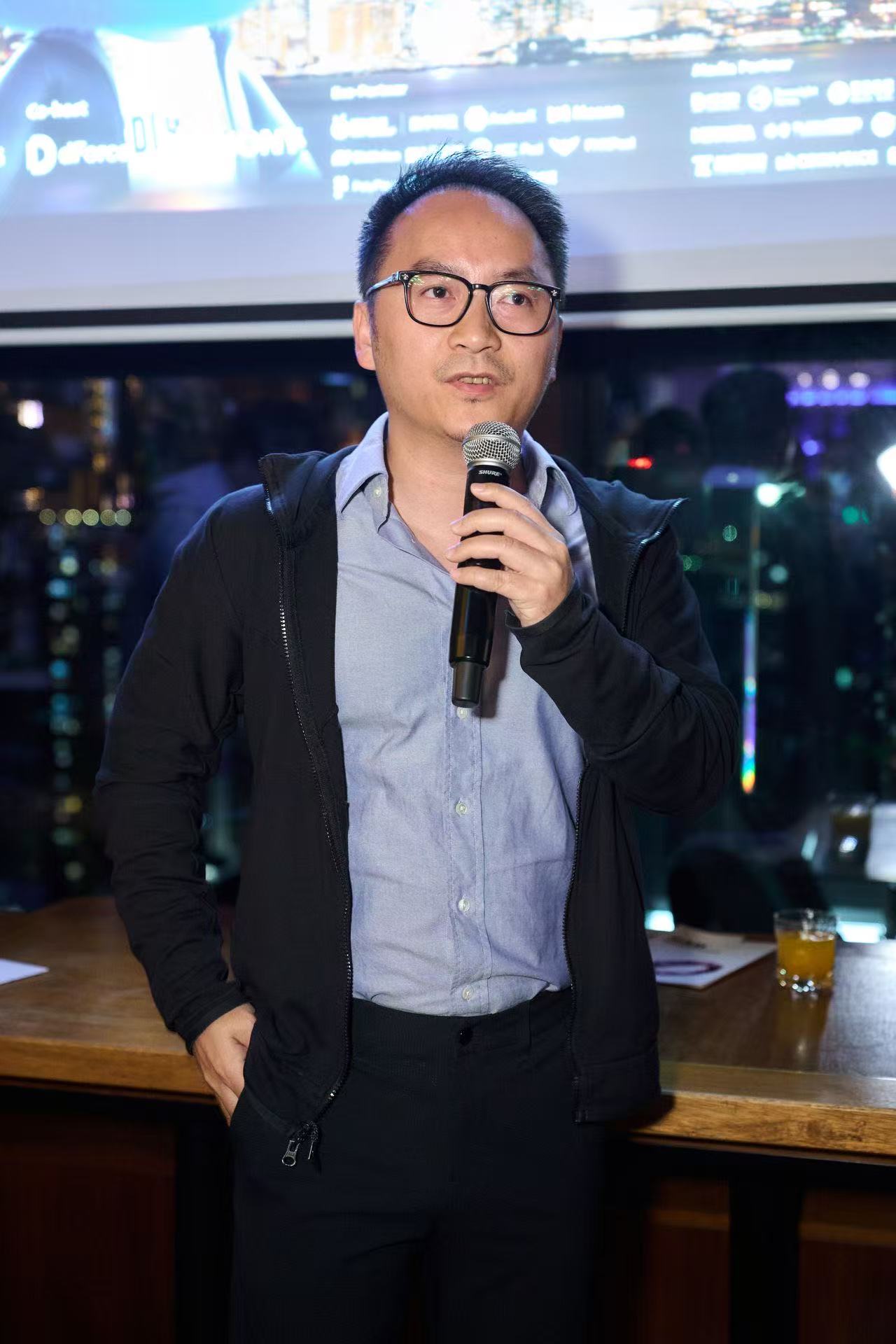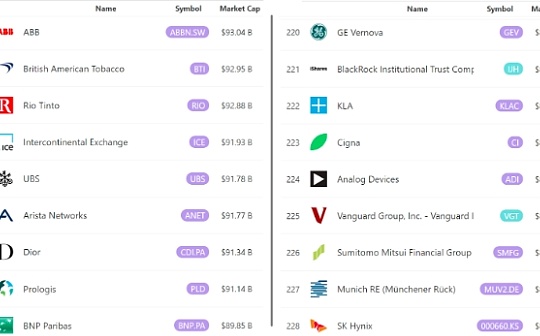Focusing on RWA and AI to empower the future of Web3, LEAP NIGHT 2025 and Conflux Digital Finance Night have come to an end

Reprinted from panewslab
04/16/2025·28D
On April 7, 2025, a grand event for the elites of the Web3 industry - "LEAP NIGHT 2025 - Conflux Digital Finance Night" has ended successfully during Hong Kong Web3 Festival 2025. The event was jointly presented by Conflux Network and PANews, co-organized by dForce and PANONY. The ecological partners include Ant Group, AnchorX, Swappi, Meson, BitUnion, ABC Pool, Polyflow, PHX Pool, BlockBooster, SHUI, etc.
The event attracted global Web3 industry leaders, entrepreneurs, investors, developers and international media representatives, and jointly discussed cutting-edge issues such as real-world assets (RWA), regulatory technology, Layer1 public chain ecosystem and artificial intelligence.

(Moderator: Renee, Co-Founder of PeopleEarth)
Conflux's three strategic directions: RWA, stablecoins and payments
As the organizer of the event, Conflux co-founder Zhang Yuanjie, from the perspective of blockchain infrastructure builders, elaborated in detail on the three major development directions that Conflux is currently focusing on.

Zhang Yuanjie pointed out that RWA has always been the focus of industry attention, but after asset tokenization, it often faces the problem of insufficient liquidity and cannot fully play its financing function. In response to this pain point, Conflux and Ant Technology cooperated to launch a green electric two-wheeler battery swap project, and planned to place asset packages of about US$3 million on the chain for refinancing. "We hope that after the project is successful, we can expand to more RWA targets. Whether it is new assets or larger asset packages, we can use the liquidity of the blockchain and crypto industries to solve investment problems for the real economy in Hong Kong and mainland China." Zhang Yuanjie said.
As the world's largest importer and exporter, China has a significant gap with the United States in the field of digital currency. Zhang Yuanjie mentioned that the current issuance of US dollar stablecoins has reached US$220 billion, while the issuance of Hong Kong dollar and offshore RMB is still zero, which means there are huge market opportunities. Conflux is committed to becoming the infrastructure track for RMB stablecoins and creating an ecosystem for the issuance, distribution and application scenarios of stablecoins. Currently, they are negotiating cooperation with the world's largest stablecoin issuer and co-incubated an offshore RMB project with Hony Capital, which has obtained a license in Kazakhstan.
In response to the difficulties of industry practitioners in daily payments, Conflux cooperates with payment networks such as UnionPay and VISA to help users apply crypto assets to daily payments. "In addition to payment, we also plan to provide financial management services, similar to Alipay's Yu'ebao model." Zhang Yuanjie explained, "The income of these financial products comes from endogenous income from blockchain, and partly from underlying assets in traditional industries. For example, the aforementioned microelectric battery swap project may expand to photovoltaics, real estate loans and other fields in the future."
dForce's DeFi innovation exploration
In addition, dForce founder Yang Mindao shared his industry observations and company strategies since entering the circle in 2013. As an early DeFi project, dForce initially focused on lending protocols and later expanded to areas such as stablecoins and trading, covering almost all DeFi tracks.

Yang Mindao particularly emphasized the importance of RWA assets on-chain and liquidity provision. "In the past few cycles, the crypto market has been dominated by native assets such as Bitcoin and Ethereum, but the sources of returns of these assets are relatively limited. Putting a large number of physical assets on the chain can not only provide a more sustainable source of returns for the entire crypto ecosystem, but also attract and retain users in non-currency circles." He predicted that RWA, an asset category and application field, will become one of the largest sub-track tracks in the next 3-5 years. dForce has previously cooperated with several institutions to promote the tokenization of US bonds and provide lending services to help US bond holders obtain additional benefits.
Yang Mindao pointed out that there are many connections and common points between AI and cryptocurrencies. "Although AI is still in its early stages in the currency circle, we have seen applications such as AI frameworks and AI launchpads." dForce is focusing on exploring the combination of AI and DeFi, helping DeFi improve returns through AI agents, risk management and strategy automation. "If AI can be combined with the most complete infrastructure in the currency circle, DeFi, it will have huge application potential in terms of revenue improvement and automation."
Regarding the current market conditions, Yang Mindao believes that the market does not truly reflect the fundamentals of the cryptocurrency circle. "After Trump took office, there was a lot of good news in the entire currency circle and there was a lot of upside. The current market adjustment is more like being affected by macroeconomic factors, especially since the tariff policy has just been introduced, it may take several weeks to a month to gradually stabilize."
He observed that in this cycle, the correlation between the assets in the currency circle and the macroeconomics is much higher than in the past few cycles, partly because the issuance of ETFs has opened up the liquidity channel of the traditional financial and crypto markets.
Regarding investment timing, Yang Mindao suggested during the event that investors may need to wait for a while until the Trump administration's policies are clearer. "The entire tariff policy has a lot of controversy within the cabinet, so it's better to wait a little longer."
In addition, many industry insiders and well-known institutions on the scene jointly discussed the application prospects of blockchain technology in the fields of financial innovation, empowerment of the real economy, cross-border payments, etc. With the implementation of these innovative concepts, blockchain technology will open up more possibilities for future economic development.



 jinse
jinse